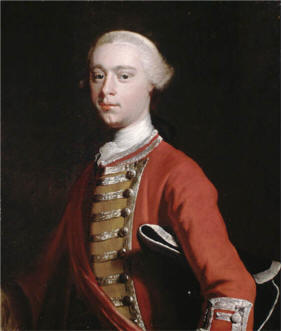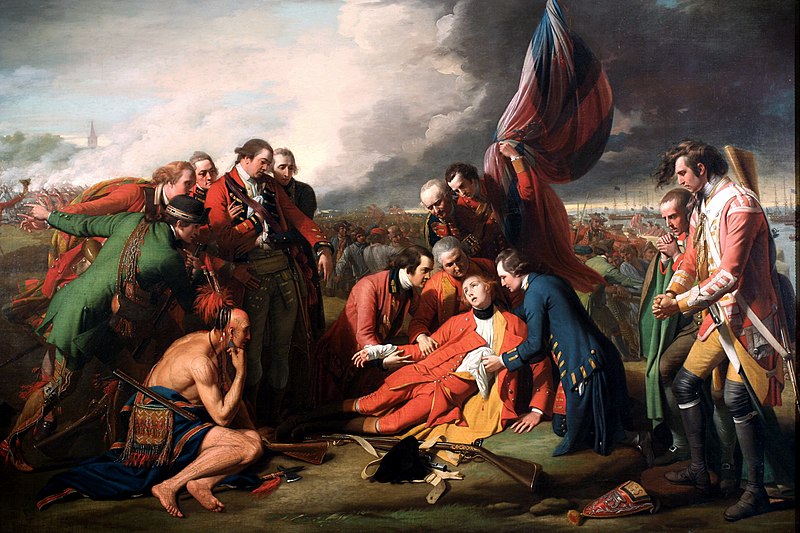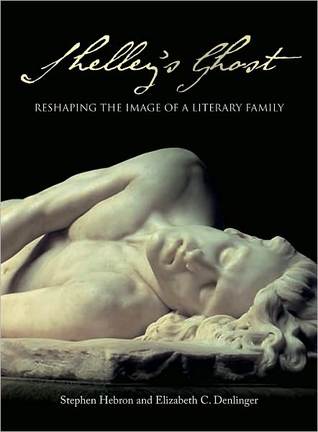 Shelley's Ghost: Reshaping the Image of a Literary Family by Stephen Hebron, Elizabeth C. Denlinger
Shelley's Ghost: Reshaping the Image of a Literary Family by Stephen Hebron, Elizabeth C. Denlinger Published by Bodleian Library on January 15, 2011
Genres: Biography, Nonfiction, Poetry
Pages: 192
Format: Paperback
Buy on Amazon, Buy on Bookshop
This post contains affiliate links you can use to purchase the book. If you buy the book using that link, I will receive a small commission from the sale.
Goodreads
It is difficult to think of a family more endowed with literary genius than the Shelley family—from the Romantic poet Percy Bysshe Shelley and his wife, novelist Mary Shelley, to Mary’s parents, William Godwin and Mary Wollstonecraft—all were authors in their own right. Using extensive archival material Shelley’s Ghost explores the making of this remarkable literary family’s reputation.
Drawing on the Bodleian Library’s outstanding collection of letters, poetry manuscripts, rare printed books, portraits, and other personalia—including Shelley’s working notebooks, Keats’s letters to Shelley, William Godwin’s diary, and the original manuscript of Mary Shelley’s Frankenstein—Stephen Hebron charts the history of this talented yet troubled family. After Percy Bysshe Shelley’s drowning in 1822, Mary published various manuscripts relating to both her husband’s and her father’s lives, and passed this historical legacy to her son, Sir Percy Florence Shelley and his wife, Lady Jane Shelley. As guardians of the archive until they bequeathed it to the Bodleian in 1892, Sir Percy Florence and Lady Jane helped shape the posthumous reputations of these writers. An afterword by Elizabeth Denlinger of the New York Public Library offers an additional perspective, exploring material relating to the Shelley family that slipped beyond the family’s control.
An unparalleled look at one of the most significant families of British Romantic literature, Shelley’s Ghost will be welcomed by scholars and the many fans of this enduring literacy legacy.
Percy Bysshe Shelley was the poet who made me fall in love with poetry. I can’t claim I always understand what he says, but he captures something that really spoke to me as a high-school student with dreams of being a writer, too. Later, I took a course in college called Late Romantic Literature. My university was on the quarter system at that time, and each quarter was 10 weeks long. I recall we spent two weeks each on Lord Byron, Percy Bysshe Shelley, John Keats, and Mary Shelley. I don’t remember what the other two weeks’ focus was. The course only deepened my appreciation for the Romantic poets, especially Shelley. About ten years ago, I was given this book after entering a contest. The goal was to record yourself reciting a Shelley poem, and the best entry would win a signed edition of this book. I didn’t submit the best entry, but I submitted one of only three entries, so the Bodleian decided to give all of us a copy. It was rather nice of them to do, and I started to read the book, but one thing happened and then another, and I’m sad to say I let the book sit on my bookshelf. I finally read it over my winter break.
The images in the book are gorgeous. I wish I were better able to read the letters and manuscripts photographed for the book, or perhaps that full transcriptions had been provided in an appendix. Unfortunately, the Bodleian has taken down the exhibition website as the technologies used to build and maintain it are obsolete. You can see some of the exhibition in this video:
I am not sure to what extent this exhibition was permanent or that visitors to the Bodleian could see it today, but the exhibition book captures beautiful photographs of everything from artwork to manuscripts. The text of the exhibition book presents the history of the family from William Godwin and Mary Wollstonecraft through Percy Florence Shelley and his wife Jane, Lady Shelley. Percy Florence Shelley was the only child of Percy Bysshe and Mary Wollstonecraft Shelley to survive to adulthood. I found myself particularly interested in Lady Shelley as she turned out to be something of an eccentric, and her devotion to the memory of her late father- and mother-in-law may be one reason why we have so many of the family’s manuscripts and belongings. She seems to have adored her mother-in-law, Mary Shelley.
I really love seeing the handwriting of writers, and this book includes several images from journals, notebooks, and letters written by Percy Bysshe Shelley, Mary Shelley, and her parents William Godwin and Mary Wollstonecraft. I was particularly intrigued by the chapter on Shelley’s notebooks. Shelley drowned, along with his friend Edward Williams, when his boat the Don Juan capsized off the coast of Italy. How poignant and sad that Shelley had a tendency to draw boats in his journals. I was also struck by the work Mary Shelley did to secure her husband’s literary legacy while fighting her father-in-law’s wishes to bury all of his son’s work, especially as Mary needed her father-in-law’s support to ensure her son, Percy Florence Shelley, had a proper education and inherited the Shelley baronetcy. (I’m not sure she cared as much about the title as she did that her son was educated and had the support he needed.)
I was moved by William Godwin’s letter to his daughter in February 1823 (some months after Shelley’s death):
Do not, I intreat you, be cast down about your worldly circumstances. You certainly contain within yourself the means of your subsistence. Your talents are truly extraordinary. Frankenstein is universally known; &, though it can never be a book for vulgar reading, it is every where respected. It is the most wonderful work to have been written at twenty years of age that I ever heard of.
I wonder if she felt at all encouraged that her father, widely considered a great philosopher and writer in his time, felt this way about her work, and not because she was his daughter, but because she was good.
I think anyone with an interest in Romantic poets or Shelley, in particular, will enjoy the beautiful images in this book. The text may or may not illuminate the family history, depending on the reader’s familiarity with the broad strokes of their lives. It’s a beautiful book and one I’m happy to own (even if it took me a decade to finally read).
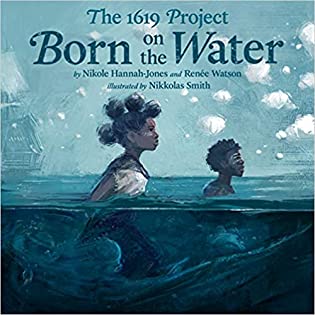 The 1619 Project: Born on the Water by
The 1619 Project: Born on the Water by 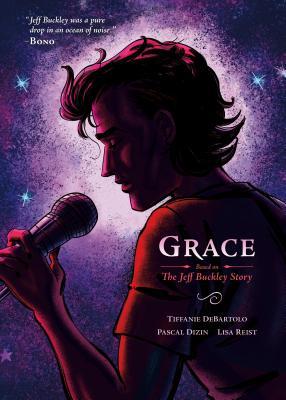 Grace: Based on the Jeff Buckley Story by
Grace: Based on the Jeff Buckley Story by 
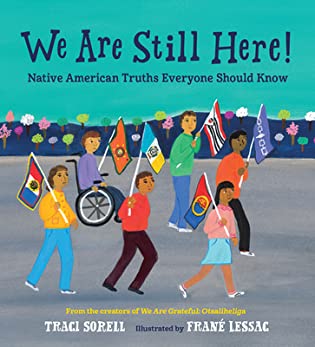 We Are Still Here!: Native American Truths Everyone Should Know by
We Are Still Here!: Native American Truths Everyone Should Know by 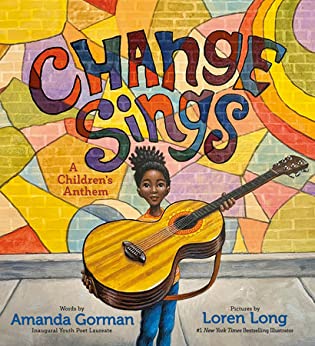 Change Sings: a Children's Anthem by
Change Sings: a Children's Anthem by 